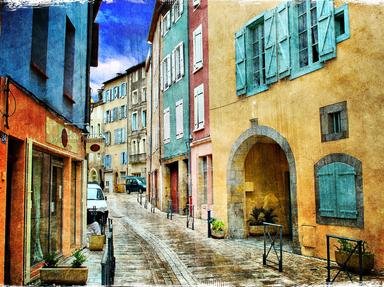
United Colours Trivia Quiz
Art Movements Throughout the Ages
Discover how art has evolved through history, reflecting human creativity, culture, and innovation. Test your knowledge of the styles that shaped the world and moved us to feel something through them.
An ordering quiz
by LeoDaVinci.
Estimated time: 3 mins.
- Home
- »
- Quizzes
- »
- Humanities Trivia
- »
- Art
- »
- Art History